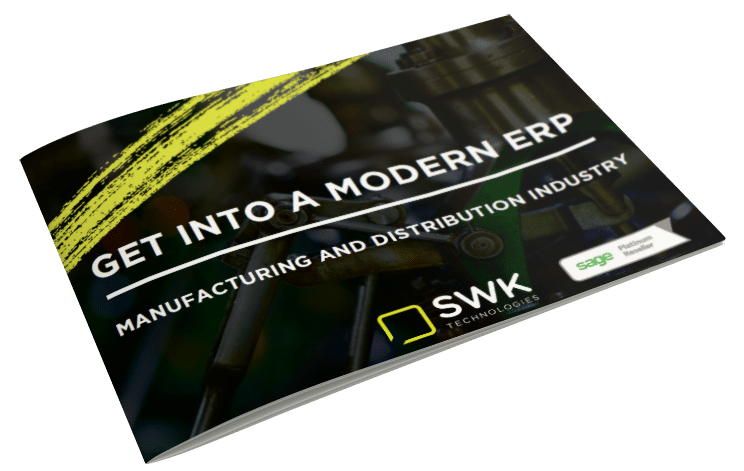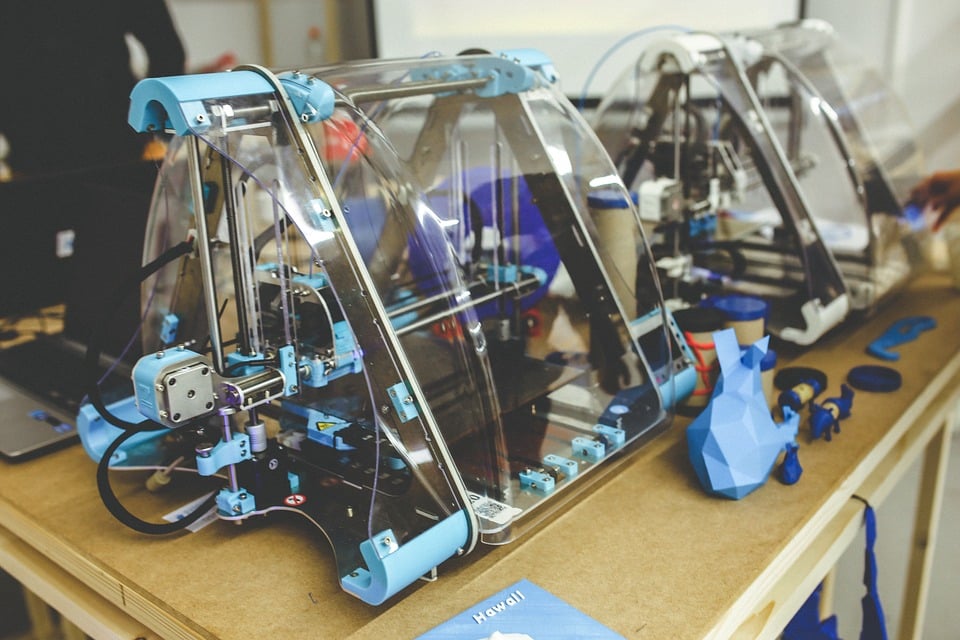6 Manufacturing Trends in 2019
The US manufacturing sector is experiencing a period of renewed growth, with 17 micro-verticals predicted to increase revenue by the end of 2019. However, rising costs, which are further magnified by current events (i.e., tariffs), are a downside to this industry expansion. Technology provides solutions for facing these challenges, and the most proactive manufacturers are already leveraging innovative trends against the shifting market.
Here are six trends that will decide the outlook for manufacturing for the rest of 2019:
1. Industry 4.0 VS Industry 5.0
Industry 4.0 is the emergence of the “smart factory,” or the convergence of digital technology and physical machinery on the production floor. several manufacturers have already deployed modern technological solutions to streamline their production runs, including robotics and IoT (Internet of Things) capable devices. The key to Industry 4.0 is being able to utilize connectivity (primarily web) and machine learning to ensure speed and visibility.
Historically, the American side of the manufacturing sector has been slow to adopt all of the technology of the digital age too quickly, and that trend is only marginally letting up. This could put US-based manufacturers at a disadvantage as the rest of the world migrates into the predicted Industry 5.0, which will further merge machine applications with the human workforce.
2. Manufacturer Network Security
A very decisive factor affecting the speed of digital transformation is the extension of network attack surfaces from incorporating IoT and other connected devices. Manufacturers are a favored target of hackers and phishers for a variety of reasons, but mainly for the value of the data in their systems and the security gaps that between hardware and software. A Verizon investigation into data breaches in 2019 found that manufacturers are most likely to be exploited through unsecured web applications thoroughly mostly brute force hacking and socially engineered attacks, with onsite servers being the biggest targeted followed by individual system users.
3. Manufacturing Industry Expansion
The manufacturing sector’s annual revenue growth, consumer demand and raw material prices have steadily increased, matching wider economic gains globally. However, the addition of new jobs throughout the supply chain seems to be outpacing the candidate pool for skilled labor positions, and manufacturers could be forced to consolidate the responsibilities of those roles. This has already affected multiple subsectors, and improved internal training and process automation are the easiest solutions for SMBs in this space to implement.
4. Everything-as-a-Service, Including Manufacturing
This does not refer to Manufacturing-as-a-Service (MaaS), which is an evolving and much more esoteric concept, but the Everything-as-a-Service (XaaS) model which is a higher-level interpretation of the service economy. Essentially, this strategy compels manufacturers to establish a more direct relationship with consumers by employing a service component with products. While this is not a new concept, advances in technology platforms are allowing manufacturers to build real-time connections with customers that lead to better optimized field service deployments.
5. Additive Manufacturing AKA 3D Printing
Additive manufacturing (AM) is a more official industry terminology for what has commonly been referred to as 3D printing. AM does not necessarily generate a new production method, but one that is more capable of refining existing processes. Additive machines create opportunities for manufacturers to make better use better use of raw materials – potentially offsetting the rise in prices.
6. Manufacturing Software Technology
Even with the continued growth of the industry, manufacturers face many uncertainties for the rest of 2019 and 2020. Digitization brings even more unknowns, which is why some in the industry are turning to software solutions to manage the transition to digital interfaces. New developments in manufacturing software technology allow users to fill in gaps between IT and operational technology (OT).
However, these new control systems still leave a final critical component to manage – data. This is why many systems are adopting Enterprise Resource Planning (ERP) solutions, according to Stuart Burchill, CEO of Industrial Nanotech, Inc. ERP software enables users to compile, monitor and manage all entry fields in a single database, and provide manufacturers with the ability to connect with their disparate technology systems.
Don’t Get Left Behind by New Manufacturing Technology Trends
The Fourth Industrial Revolution is going to continue to transform manufacturing globally and build the way for Industry 5.0. Regardless of when the latter arrives, production controls and consumer channels will continue to digitize – and generate a volume of data that only a modern ERP solution will able to manage.
Download our free e-book to learn how to leverage a modern ERP for discrete or process manufacturing.

Download our ebook and learn how manufacturers get ahead with Sage Enterprise Management.


